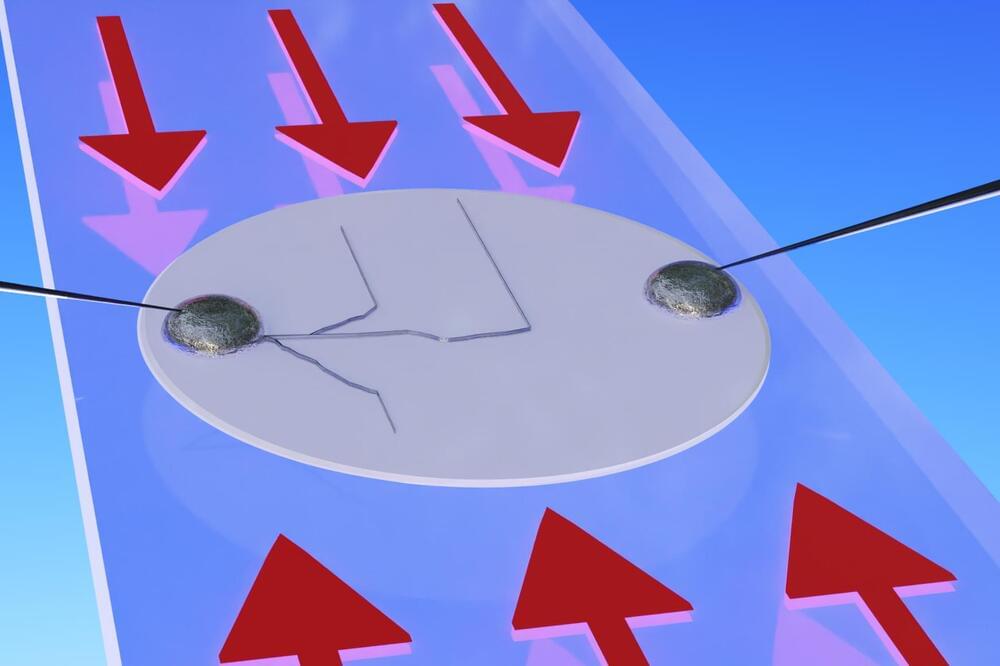Scientists capture complex structure in a molecule-deep pool of ice.



We strongly believe that culture meat is an engine of change.
Have you ever tried cultivated meat before? If not, what you’re about to learn will make you want to. Let us introduce you to Believer Meats, formerly known as Future Meat Technologies.
Established in 2018, the company says, “the only difference is that it’s been grown in a lab from high-quality, non-GMO animal cells. The result is meat that doesn’t require compromising on taste, quality, or environmental impact. It’s time to enjoy meat that’s as good for you as it is for the world.”
Ground News Black Friday Sale: Compare news coverage. Spot media bias. Avoid algorithms. Download the free Ground News app to get 40% off a Ground News Vantage membership by going to https://ground.news/isaacarthur.
As we head through hard times things can seem rather bleak, but there’s lots of amazing and beneficial technologies on the horizon.
Checkout the World’s Fair Posters: https://worldsfair.co/gallery.
Visit our Website: http://www.isaacarthur.net.
Support us on Patreon: https://www.patreon.com/IsaacArthur.
Support us on Subscribestar: https://www.subscribestar.com/isaac-arthur.
Facebook Group: https://www.facebook.com/groups/1583992725237264/
Reddit: https://www.reddit.com/r/IsaacArthur/
Twitter: https://twitter.com/Isaac_A_Arthur on Twitter and RT our future content.
SFIA Discord Server: https://discord.gg/53GAShE
Listen or Download the audio of this episode from Soundcloud: Episode’s Audio-only version: https://soundcloud.com/isaac-arthur-148927746/reasons-to-be-…the-future.
Episode’s Narration-only version: https://soundcloud.com/isaac-arthur-148927746/reasons-to-be-…ation-only.
Credits:
Reasons To Be Optimistic About The Future.
Science & Futurism with Isaac Arthur.
Episode 372, November 24, 2022
Written, Produced & Narrated by Isaac Arthur.
Editors:
Alex Civitello.
Konstantin Sokerin.
David McFarlane.
Cover Art:

18 nov 2022.
A new discovery could finally usher the development of solid-state lithium batteries, which would be more lightweight, compact, and safe than current lithium batteries. The growth of metallic filaments called dendrites within the solid electrolyte has been a longstanding obstacle, but the new study explains how dendrites form and how to divert them.
Mortality | Lex Fridman Podcast.
This is not an official channel. PodCuts is an initiative that brings together the best parts of the most relevant podcasts. Our goal is to spread the Podcast culture to as many people as possible.
Follow us for the best selection!


How many types of leukemia are there? What makes each one unique, and are they treated any differently?
We went to leukemia specialist Naveen Pemmaraju, M.D., for answers to these questions and more. Here’s what he shared.


